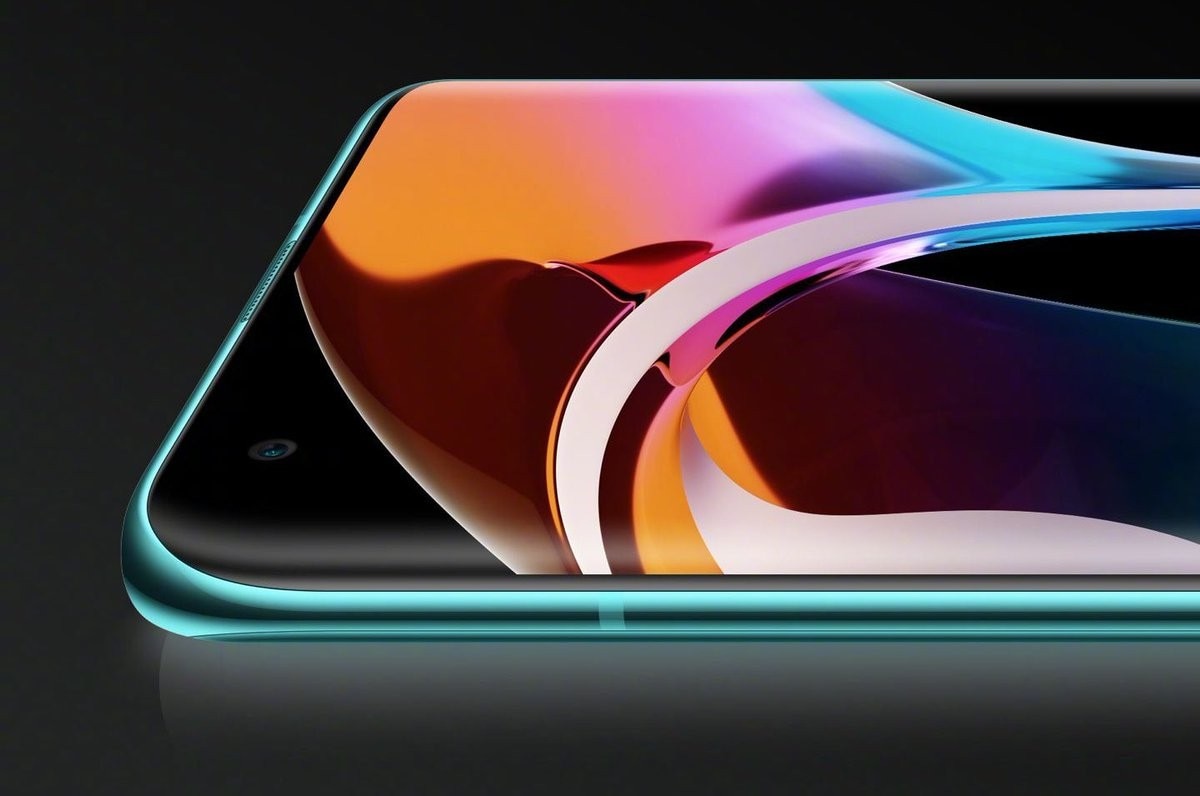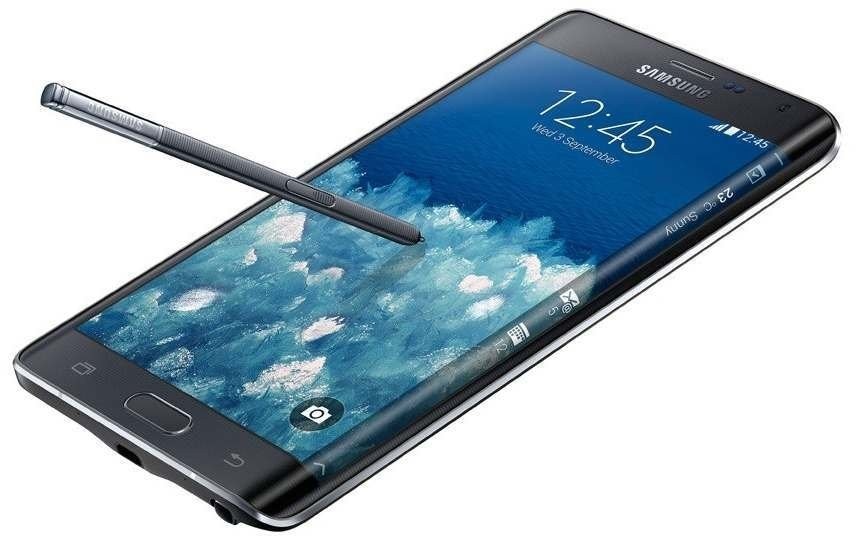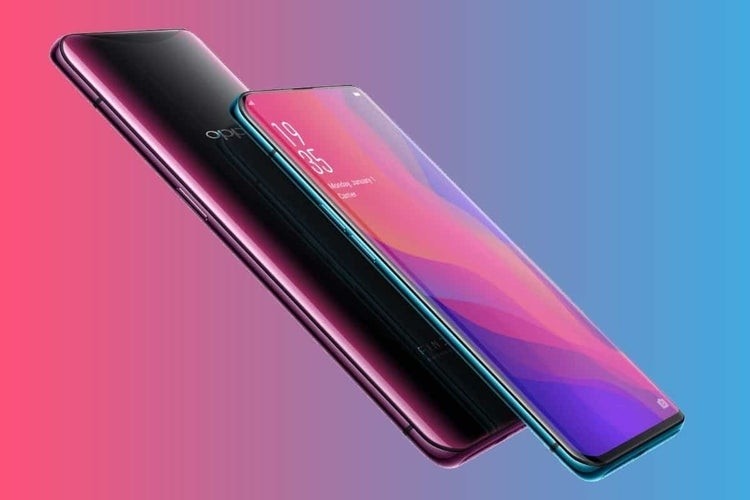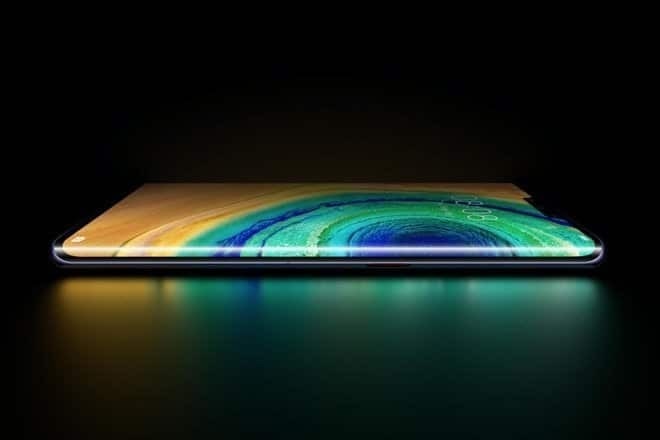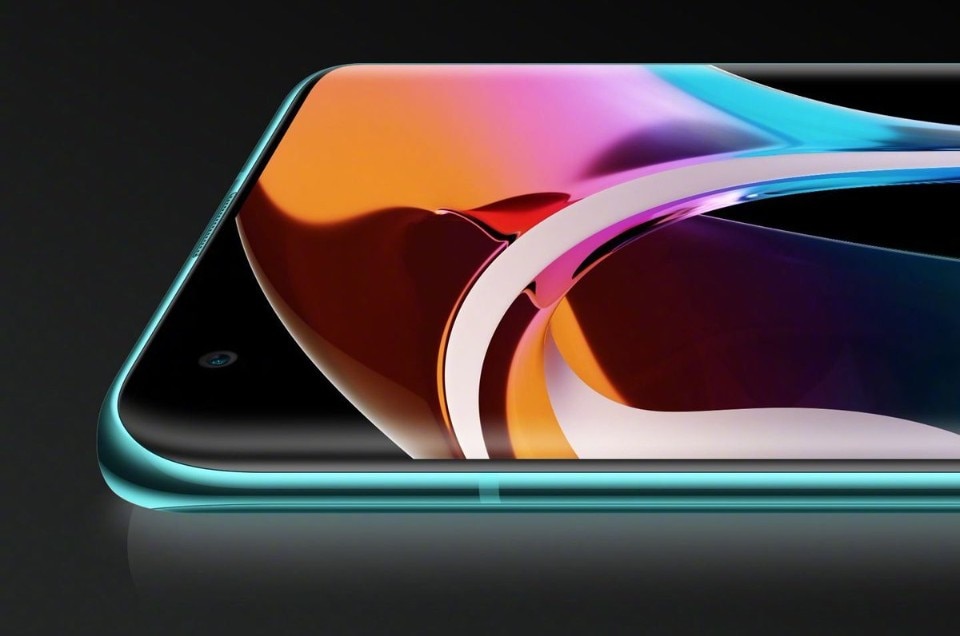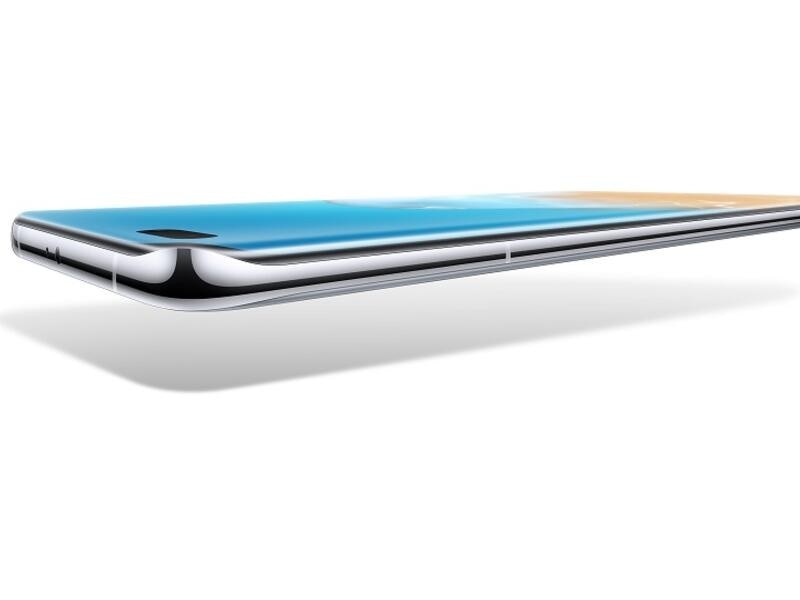Last week, Huawei introduced its new flagship smartphone, the P40 Pro. The phone packs the usual bunch of impressive specs, a great Leica camera, and tops it off with a so-called Overflow display, a bright OLED screen that bends over every side of the device, striving to impress the user with the illusion of an infinite surface. Curved displays have already popped up on all of this year’s Chinese flagship smartphones: they’re on the Xiaomi Mi 10 Pro, Oppo’s Find X 2 and the OnePlus 8, which is set to debut next week. When did that happen? When did all the major Chinese smartphone manufacturer mutually agreed that the laziest design element ever conceived had to become a standard of high-end smartphones?
Patient Zero: the Galaxy Note Edge
The first phone with a curved edge display was the Samsung Galaxy Note Edge, in 2014. Only one side of its screen was curved, and at least it had a purpose: it included interface elements that let you control some of the phones functions. It was a redundant feature, as it didn’t add anything that you could already do by customizing the Android interface, but at least it had a purpose in the greater scheme of the phone’s design. Since then the curved screens have become a staple of the Samsung Galaxy Phones. The genuine and slightly naive nature of that first implementation got a bit lost along the way, although technically one could still configure the curved screen of Samsung phones with Edge Panels to access customized function with a touch on the side.
Après Samsung, le déluge.
Every single manufacturer that was “inspired” by the screen design of the Galaxy series flagship phones, has dramatically diluted the originality of the feature. Even worse: not a single manufacturer has been able to justify the implementation of such a prominent design element with a strong interface integration. So much so that in a few Huawei flagship phones from 2019, before the EMUI got upgraded, some interface elements were actually unreachable or oddly positioned on some of the curved corners of the screen. Nonetheless curved screens have become the feature you can’t keep out if you’re a Chinese company and you wish to design a new flagship phone.
Looks over making sense
It’s the triumph of bad design processes: an element that looks good on billboards and marketing materials has become a must-have, in disregard of the deeper meaning of its integration into the product. Most curved screen are useless pieces of OLED junk that only look good on billboards or Google Images, and whose goal is only to leverage aesthetics to trying and convince users of the innovative potential of a new phone.
Let’s be clear: aesthetics are important. They are an integral part of a smartphone’s success, especially in today’s cut-throat and saturated global smartphone market, where you need to gain any possible edge (pun intended) over the competition.
Yet the way these screens are marketed is borderline deceptive: smartphone companies want to try and convince us that the feat of bending an OLED around all the sides of a phone is in itself an incredible testimony of how innovative that phone will be.
Compromises
Truth is, the compromises these screens impose on users are sorely missing from any single marketing narrative. Hold a curved OLED phone in your hand you’ll immediately see why: the shades and reflections along the curved screen borders make them look off, as if something was wrong with the display itself. Then open a picture, and tell me how in the world a design team in their right mind can greenlight a smartphone that bends and distort all four corners of a photo, with a slight chromatic aberration sprinkled on top. To avoid that, most of the other interface elements on the phone are heavily padded on the sides. Any guess why? Well, to keep those element within the usable front surface area of the display, without them bleeding into the oddly bent sides.
That is why, in conclusion, I consider curved screen displays as the laziest smartphone design choice one could possibly make. It’s as if design teams were tasked to answer “yes” to only one question: “does it look good”? Because there’s no chance that anyone ever answered in the same way to another, more important question: “does it work well”?
- Brands :
- Samsung, Huawei, Oppo, Xiaomi, Vivo
- Year:
- 2020


